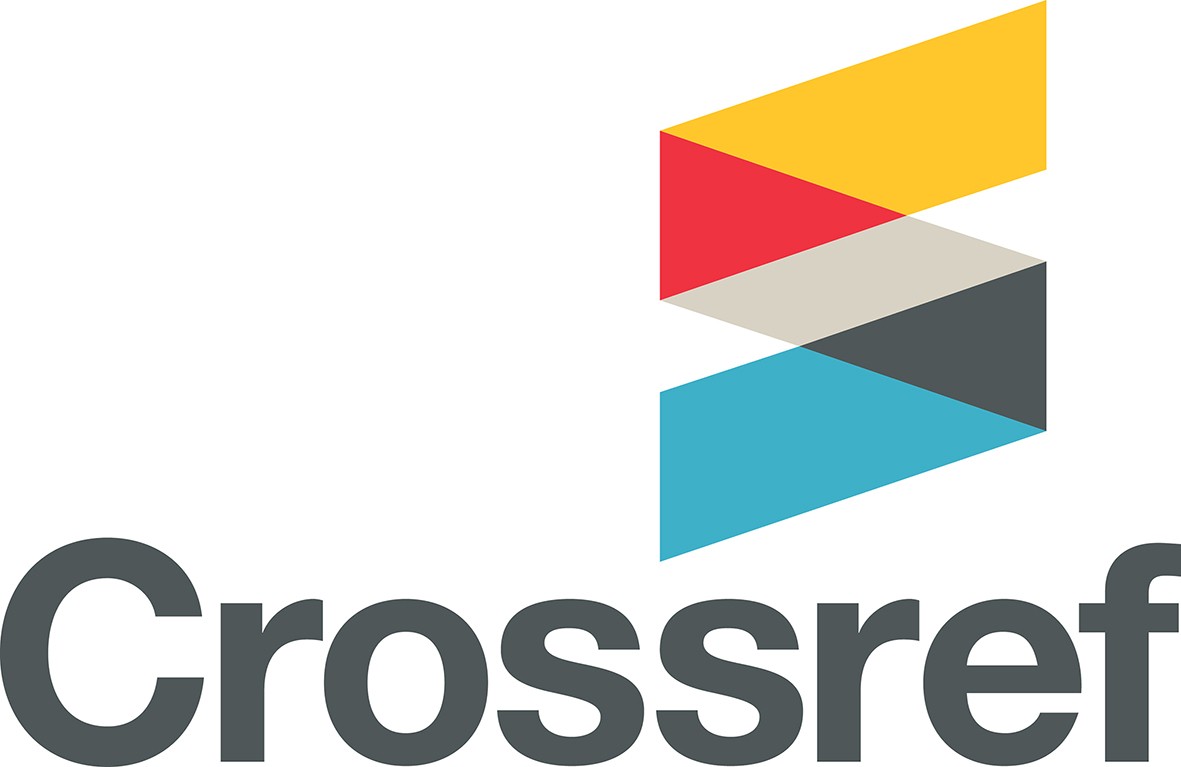Timeline Binder: A Caption-based Approach for Creating Semantic Video Timeline
DOI:
https://doi.org/10.61514/ieeep.v103i1.119Keywords:
Captioning, Google2SRT, multimedia semantics, NR8, Timeline BinderAbstract
Video is an important type of multimedia which has myriad characteristics such as richer content and little prior structure. Major applications such as surveillance, medicine, education, entertainment, and sports heavily use videos. Internet protocol video is dominating the World’s Internet traffic. Large number of videos are made and uploaded daily. Looking for topics of one’s interest in these videos is a cumbersome task. Mostly, people are only interested in small portions of videos as opposed to the whole video. It is better to look for small but related segments of interest. Our proposed system Timeline Binder is an attempt to tackle this problem. For Timeline Binder, we have created our own dataset of online videos with subtitles. Based on those subtitles’ files, a concept vector is obtained. If a concept vector has a match for a user’s query tag, then timed segments for all related videos to that matched concept in the concept vector are combined into a single timeline thus making all related segments into a single video. In this research, we present performance measurements between Timeline Binder and other available applications such as Google2SRT and NR8. The results show that Timeline Binder performs better than Google2SRT and NR8.








